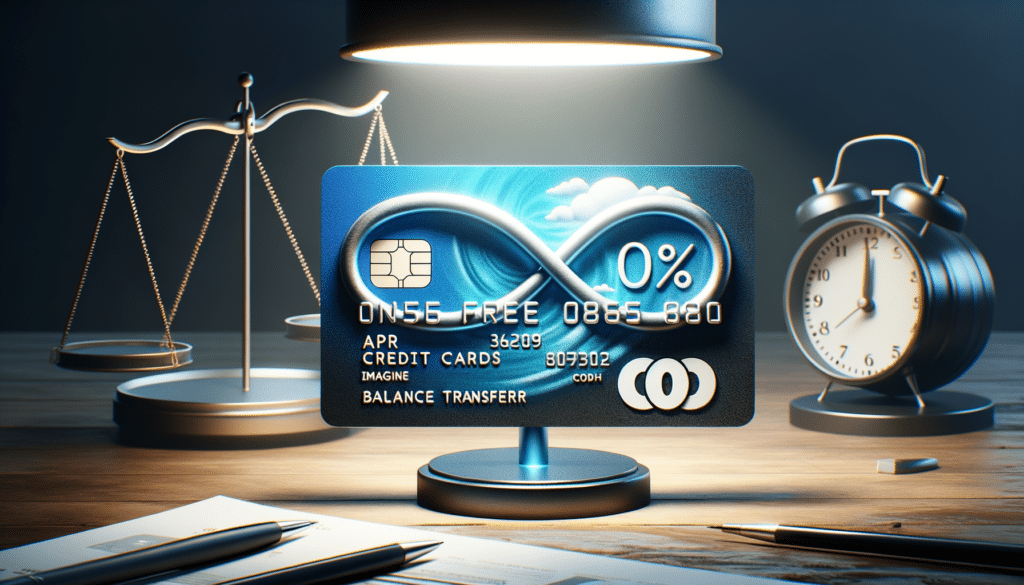Understanding Interest-Free Credit Cards
Interest-free credit cards, often known as 0% APR credit cards, are a financial tool designed to help consumers manage their expenses without incurring additional interest charges. These cards typically offer a promotional period during which no interest is charged on purchases. This period can range from a few months to over a year, depending on the card issuer. The main appeal of these cards is the ability to make large purchases and pay them off over time without the burden of interest, which can be particularly beneficial for those planning major expenses like home renovations or weddings.
One of the advantages of interest-free credit cards is that they allow consumers to spread out payments without the immediate financial pressure of interest accrual. This can lead to more manageable monthly budgets and financial planning. However, it’s crucial to note that once the promotional period ends, the standard interest rate will apply to any remaining balance. Therefore, it’s advisable to pay off the balance before the introductory period expires to avoid high-interest charges.
While these cards offer a significant benefit, they also require disciplined financial management. Failure to make at least the minimum payment each month can result in losing the 0% APR benefit, leading to unexpected costs. Additionally, interest-free credit cards may come with higher fees or stricter terms, so it’s essential to read the fine print and understand the terms and conditions before applying.
The Benefits of 0% APR Credit Cards
0% APR credit cards are a popular choice for individuals looking to manage their finances more efficiently. These cards offer a period during which no interest is charged on purchases or balance transfers, making them an attractive option for those seeking to reduce debt or finance large purchases. The primary benefit of these cards is the potential savings on interest payments, which can be substantial over time.
For example, if you have a high-interest credit card debt, transferring the balance to a 0% APR card can save you a significant amount in interest charges. This can accelerate the process of paying down debt, as more of your monthly payment goes toward the principal balance rather than interest. Additionally, these cards can provide a financial cushion for unexpected expenses, allowing you to spread out payments without incurring additional costs.
However, it’s important to approach 0% APR credit cards with a clear strategy. The promotional period is temporary, and once it ends, the regular interest rate will apply. It’s crucial to have a repayment plan in place to ensure the balance is paid off before the introductory period expires. Moreover, some cards may charge a balance transfer fee, which can offset the savings from the 0% APR offer. As with any financial product, careful consideration and planning are essential to maximize the benefits of a 0% APR credit card.
Exploring Balance Transfer Cards
Balance transfer cards are a financial tool designed to help individuals consolidate and manage their debt more effectively. These cards allow users to transfer existing credit card balances to a new card with a lower or 0% introductory interest rate. The goal is to reduce the amount of interest paid and simplify debt management by consolidating multiple payments into one.
One of the primary advantages of balance transfer cards is the potential for significant interest savings. By transferring high-interest debt to a card with a 0% APR introductory offer, individuals can reduce their monthly interest payments, allowing them to pay down the principal balance more quickly. This can be particularly beneficial for those with large amounts of credit card debt, as it can lead to faster debt reduction and improved financial health.
However, balance transfer cards are not without their challenges. It’s important to be aware of any fees associated with the transfer, such as a balance transfer fee, which is typically a percentage of the amount being transferred. Additionally, the introductory 0% APR period is temporary, and any remaining balance will be subject to the card’s standard interest rate once the promotional period ends. To maximize the benefits of a balance transfer card, it’s crucial to have a repayment plan in place and make consistent payments to pay off the balance before the introductory period expires.


